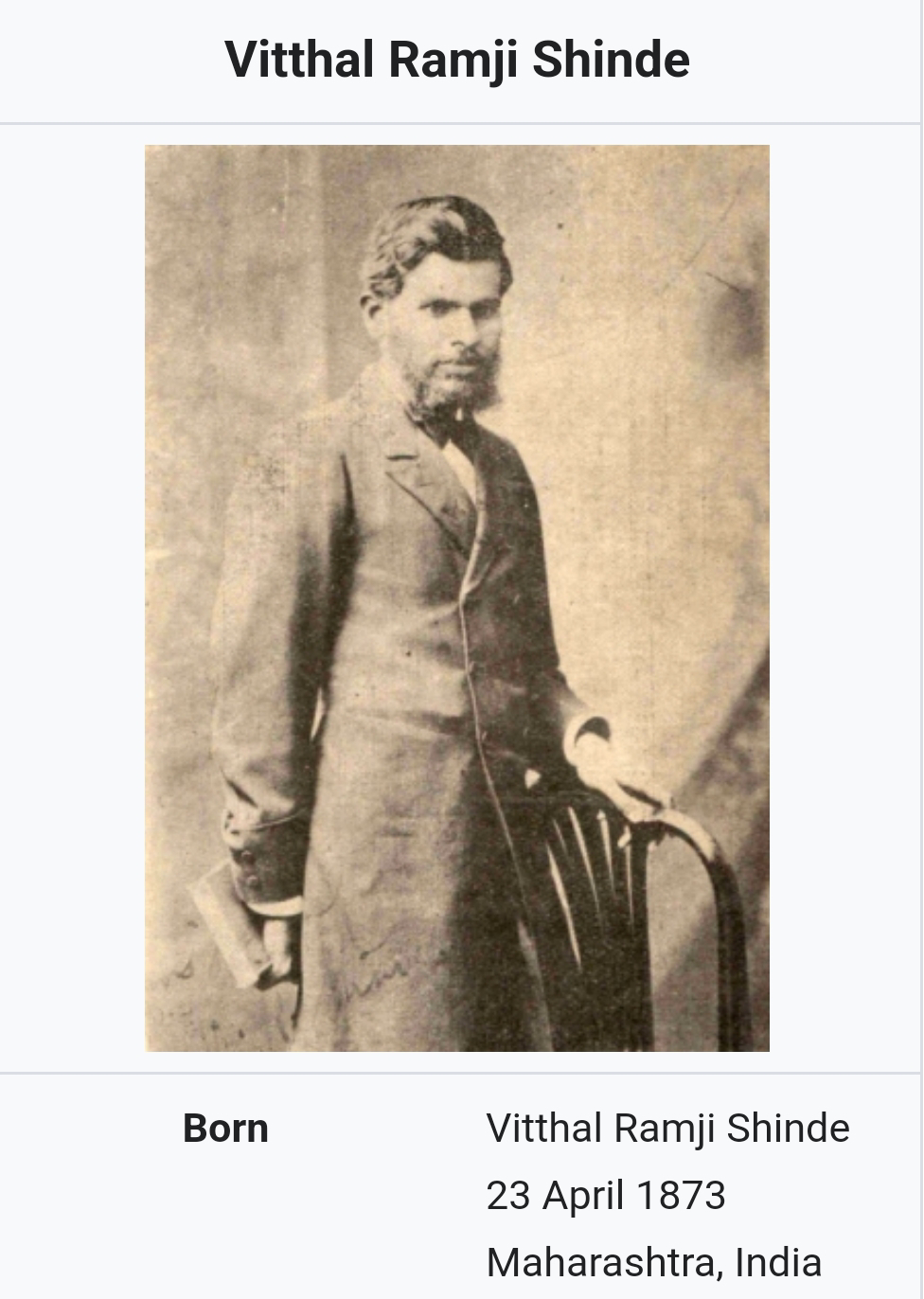Class 7 Geography, 9.Agriculture :Questions and answers Maharastra Board
Class 7 Geography, 9.Agriculture :Questions and answers Maharastra Board
Q. 1. Select the proper option for the following statements. (1) In which of the following type of farming are the crops rotated?
(a) Intensive (c) Commercial (b) Plantation (d) All of these
Ans: Intensive
(2) Agriculture requires the following:
(a) Only ploughing
(b) Use of animals, implements, machines and manpower
(c) Use of only manpower
(d) Just cultivate the crop
Ans: Use of animals, implements, machines and manpower
(3) In India, agriculture has developed because....
(a) There are two seasons of agriculture in India.
(b) Majority of the people depend on agriculture.
(c) Traditional agriculture is practised in India.
(d) In India factors like climate, soils, water, etc. are conducive.
Ans: In India factors like climate, soils, water, etc. are conducive.
(4) It is necessary that modern methods and technology be used in agriculture in India because....
(a) There are factories producing improved seeds.
(b) There are industries producing fertilizers.
(c) Population is growing and there are agro-based industries.
(d) Modern means and machines are available.
Ans: Population is growing and there are agro-based industries.
Q. 2. Give short answers for the following questions.
(1) Describe the importance of irrigation for agriculture.
Ans: 1.Irrigation means the process of supplying of water through artificial means such as pipes, canals, sprinklers, etc.
(ii) Irrigation helps the farmers to be less dependent on rain water for the purpose of agriculture.
(iii) Since monsoons are uncertain & highly variable, farming cannot entirely depend upon rains
(iv) Hence irrigation is needed to grow assured crops & also to grow crops in the months after the monsoon season.
(2) Give a comparative account of any two methods of irrigation.
Ans:
(3) Mention the major types of farming and give information about intensive farming and extensive grain farming.
Ans:
1.Intensive farming is a type of traditional farming. It is carried out in one and the same farm for years together.
2.Getting maximum production from a minimum area is the characteristic of Intensive farming.
3.Due to large population or limited availability of land, per head holding is small.
4.This type of farming is mostly seen in developing region.
5.The cultivator and his family are totally dependent on farming. The farm production is sufficient only for the requirements of the cultivators family.
6.As farm production is low hence the economic condition of the cultivator is also poor.
Extensive Farming:
1.Extensive grain farming is a type of commercial farming.
2.Farm size is greater than 200 hectares.
Due to large farm size and sparse population in the region, this type of farming is carried out with the help of machines like tractors and crushers.
4.Helicopters or planes are used for spraying pesticides.
5.Mono crop cultivation is the main characteristic.
6.Crops like wheat, corn, barley, oats, soyabean are cultivated.
7.Heavy capital investment is necessary. Since huge expenditures are needed for purchase of machinery, fertilisers, pesticides, godowns, transport cost, etc.
Droughts, attack by pests, locusts, market fluctuation, etc. are the problems in extensive grain farming.
This type of farming is carried out in the temperate grassland regions.
(4) Describe the characteristics of plantation farming.
Ans: 1.Plantation farming is a type of commercial farming.
(ii) Farm size is 40 hectares or above.
(iii) As plantation agriculture is practised in hilly tracts of tropical regions, use of machines are not possible hence local manpower is used.
(iv) This is a single crop cultivation practice.
(v) Only commercial crops like tea, rubber, coffee, coconut, cocoa, spices, etc. are planted.
(vi) This type of farming requires large scale capital investment.
(vii) Major issues faced are climate, manpower, deterioration of environment, economic and managerial problems.
(viii) Plantation farming is practised in India and other South Asian countries, Africa, South and Central America.
(5) Which are the crops cultivated in your area? What are the geographical reasons for that?
Ans: Personal Answer
(6) Why is the agriculture in India seasonal in nature? What are the difficulties for perennial agriculture?
Ans: i) Most of the agriculture in India is dependent on monsoon rainfall. 80% of the rainfall in India is received from south west monsoon winds from June to September.
(ii) Since monsoon in India is seasonal; agriculture in India is also seasonal in nature.
Difficulties for perennial agriculture
(i) Rainfall in India is highly irregular & uncertain. Also there is lack of irrigation facilities.
(ii) There is lack of capital investment, godowns, transportation, etc.
(iii) There is lack of awareness with respect to scientific methods of crop cultivation.



Comments
Post a Comment